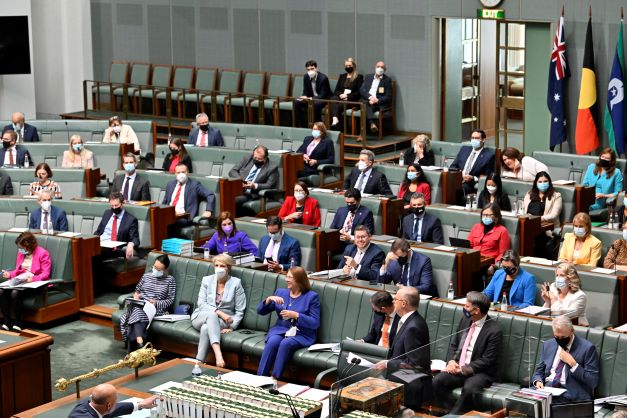What is confidence and supply?
In the Australian Parliament, government is formed by the party, or coalition of parties, with the support – also called confidence – of the majority in the House of Representatives (76 or more). If no party has a majority in the House, government can still be formed if independents and/or minor party members agree to give support to a party or coalition of parties. This is referred to as a minority government.
At any time, members can test that the government has the confidence of the majority of the House by holding a vote. This is called a vote of no confidence. A government that loses this vote would resign, but this has never happened in the House of Representatives.
Supply refers to appropriation bills – proposed laws that allow the government to spend money.
If independents and/or minor party members of the House agree to support a minority government, they usually guarantee confidence and supply. This means they will support the government if there is a vote of no confidence against them and will vote to pass appropriation bills so they can provide services to Australians and pay public servants. However, it does not mean they must support every government bill.
To learn more about what would happen if the government lost majority support in the House of Representatives, read our post on this topic.
The government side of the House of Representatives

Penny Bradfield/DPS AUSPIC
Description
The leader of the government is the Prime Minister, who stands and speaks at the main table in the House of Representatives. Members of the government sit in the 5 rows behind the Prime Minister. The government is the party or coalition of parties with the support of the majority of members of the House.
Permission should be sought from DPS AUSPIC for third-party or commercial uses of this image. To contact DPS AUSPIC email: auspic@aph.gov.au or phone: 02 6277 3342.